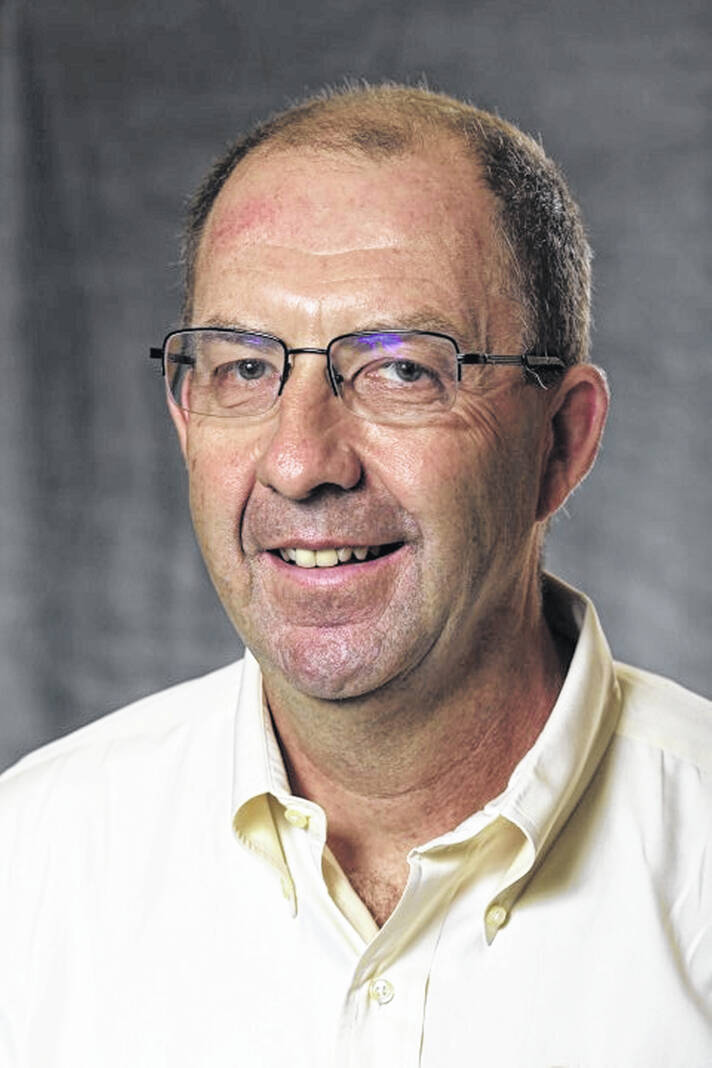
Nearly everyone loves free stuff, well unfortunately, our Thanksgiving turkey won’t be free; matter of fact, looks like the cost of our favorite bird will be slightly more than double vs. last year. But if there’s any good news, supplies should be good. Farmers are not profiting from these high prices, they are feeling the pinch due higher feed costs, higher fertilizer, higher fuel, and even higher labor.
Before one of our nation’s favorite family holidays arrives, there are a few things to put on your “to do” list.
One would be the lawn care arena. If you haven’t aerated for a while, might be worth it to do or have it done. Fall aeration has several benefits, helps with compaction allowing nutrients and moisture to get into your soil, and it will also help with lawn thatch. Your lawn roots will spread out and fill in those holes left by the aeration.
And when it comes to your final fall mowing, it’s recommended mowing as low as you can. Around 1.5 inches is recommended for bluegrass and 2 inches for fescue lawns. Use a mulching blade and leave the clippings on the lawn to use over the winter months. Also mowing short will lessen chances you’ll get snow mold.
As for a fall fertilization, if you only fertilize once, fall is a great time. I fertilize 2-3 times a year here. Once in the spring with a 20-5-10 type, once mid-summer with a 32-0-5 type and my fall fertilization will be a 13-25-12 type with the middle number being phosphorus which will help stimulate root growth. Get as close as you can to these numbers at your supplier and you’ll be fine. Remember the first number is nitrogen, the second is phosphorus and the last number is potassium. All in pounds of each nutrient per 100 pounds.
Apply to moist soil if possible. Waiting for a rain then applying the next day is ideal. Also, it’s a good time to overseed with the aeration and add some grass seed. As long as your lawn isn’t frozen, aeration and overseeding will work.
Once you’ve done all this and it’s time to put the mower away, good time to sharpen the blades and change the oil. Several places offer a good mower maintenance service if you can’t do it yourself.
On the farming front, it’s a very busy time of year with harvest going on.
If you have some soybeans that just aren’t yielding like you think they should, could be lots of reasons, but you might check for nematodes. Above-ground symptoms can be confused with compaction, herbicide injury and other plant diseases. The best time to soil test is in the spring before planting and here’s a link to a nice article from OSU. https://agcrops.osu.edu/newsletter/corn-newsletter/2022-06/collect-soil-samples-scn-spring
While fertilizer prices have declined some, they remain higher than a year ago. Check your soil tests and reduce where practical but not to limit yields.
On the Atrazine front, EPA has extended its comment period to Oct. 7. Under the current proposal, restrictions would include:
-No application to saturated fields.
-No application when it’s raining or when rain is likely to occur within 48 hours.
-No aerial application.
-Reduced application rate on corn to 2 pounds a year.
If you’re interested in viewing and/or submitting comments to the EPA on the proposed restrictions, here’s a link: www.Regulations.gov .
And not to sound like a broken record, be safe this harvest. Keep your windows and mirrors clean, inspect PTO shields, look out for rocks in fields, be aware of the crew around you especially children who may not know better, and if you have equipment that is stuck, inspect your chains and tow ropes and especially chains as weak links are notorious.
Till next time, let me know if you have questions or comments at [email protected].


